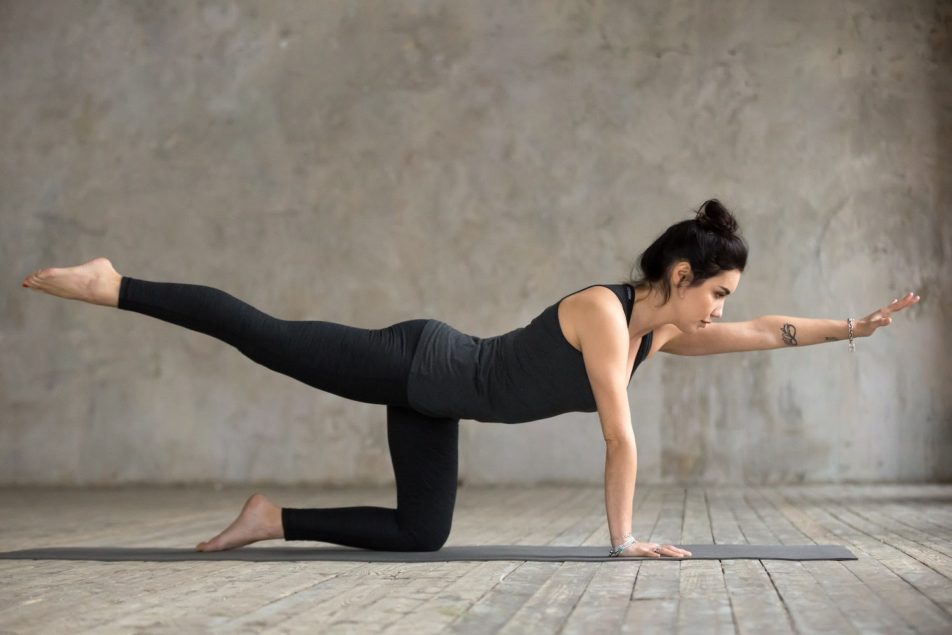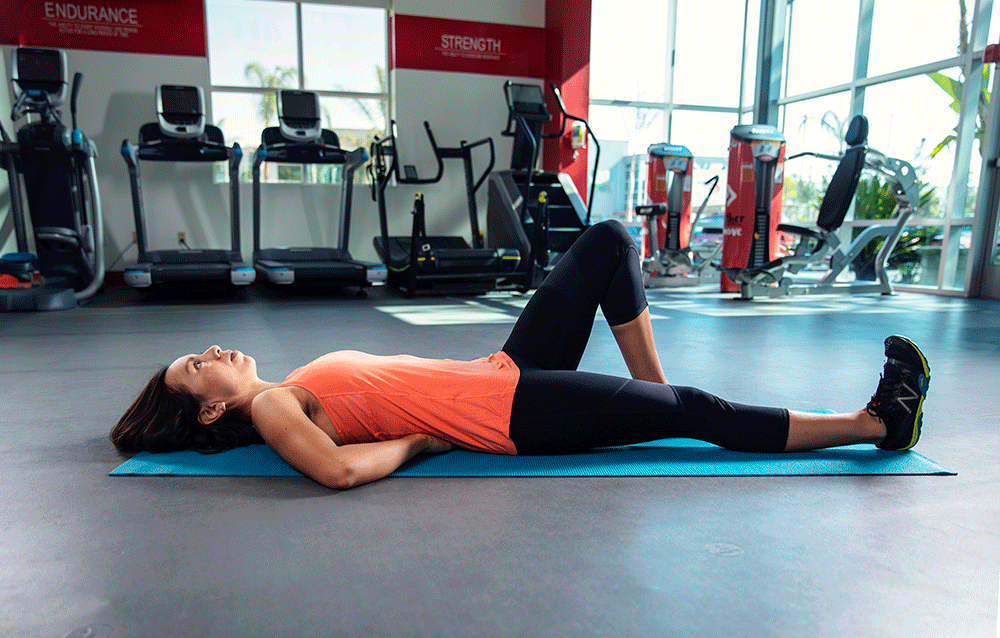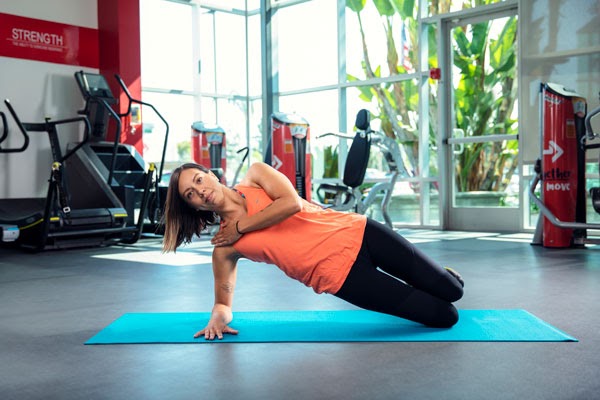Stuart McGill ‘Big Three’ Exercises For Lower Back Pain
Have you ever experienced lower back pain? Stuart McGill’s ‘Big Three’ exercises for lower back pain may be a solution.
It’s a very common health problem around the world — current statistics suggest up to 80% of the population will experience lower back pain at some point in their life — and it can have serious impacts on work performance and general well-being.
It varies in severity from acute, sub-acute to chronic. People of all ages may be affected and it is often influenced by a range of factors including an acute injury (causing muscle or joint damage), poor posture (leading to wear and tear), core weakness (placing too much pressure on the spine) or a disc bulge.
The constellation of symptoms and possible causes makes diagnosis and treatment difficult. Developed by a renowned spine specialist, the Stuart McGill Method is a set of specific exercises to help patients recover from lower back pain by strengthening the muscles that surround the spine and reducing the risk of future injury.
Who is Stuart McGill?
Professor Stuart McGill is a world-renowned spine scientist, researcher and university professor with hundreds of peer-reviewed articles and books such as Lower Back Disorders.
His 30 years of experience studying and treating back pain have made him a leader in the field and his set of exercises for lower back pain are used by practitioners internationally to help with the treatment and rehabilitation of back pain. McGill’s method for assessment is different from anything traditionally taught in the allied health care fields, meaning many patients have found results after multiple failed attempts with other treatments.
What is the McGill Method?
The McGill Method recommends three exercises based on the concept of improving muscle strength and support around the spine. In particular, these exercises focus on the transverse abdominals (deep core), obliques (side of abdominals) and multifidus (small muscles which stabilise the spine).
This approach works specifically to improve muscular endurance for active support throughout the day, therefore preventing back pain from developing whilst completing day-to-day activities.
Stuart McGill believes that spinal flexion, or bending forward, places undue stress on the spine and should be avoided. This means exercises such as crunches and sit-ups aren’t recommended.
The McGill Big Three
The McGill method recommends three exercises that should be performed to create better core and spinal stability. They are the McGill curl up, the bird dog and the side bridge. We’ve created instructions on how to perform each exercise below.
Move 1: The Curl-Up
At first glance, the McGill curl-up might appear similar to an abdominal crunch. However, lordosis (natural bend) of the lumbar spine is maintained with McGill’s exercise.
- Lie on your back, on a firm surface.
- Bend one knee and place your foot on the ground. Keep the opposite leg straight.
- Reach your arms behind and position your hands underneath your low back. This will help preserve your arch during this exercise.
- Lift your head, shoulders and upper back off the floor, as a unit. Try not to move each area individually.
- Hold this position for 10 seconds, then slowly lower back down.
- Aim for 10 repetitions of this exercise, performing five with one knee bent, then repeat on the opposite side.
Move 2: The Bird Dog
Although its name is a bit odd, the bird dog exercise is performed on your hands and knees — a position called quadruped. Focus on maintaining tight abs throughout this exercise and avoid letting your belly drop towards the ground. Use the core muscles to stabilise your midsection while you move your arms and legs.
- In quadruped, keep your neck straight by looking at the ground between your hands.
- Lift your right arm straight out in front of you until it’s parallel to the floor.
- At the same time, squeeze your glutes and lift your left leg straight out behind you until it’s parallel to the floor.
- Keeping your right arm, torso and left leg in a straight line, hold this position for 10 seconds. Do not allow your hips to rotate — your pelvis should remain parallel to the ground throughout this exercise.
- Slowly lower back down and repeat on the opposite arm and leg.
If this exercise seems too difficult or you find that you can’t keep your back straight, a simple modification is lifting your arm by itself, then your leg until you are strong enough to move them simultaneously.
Move 3: The Side Bridge
- Lie on your side on a firm surface. Place your forearm on the ground, under your shoulder.
- Reach across your chest with the other hand and place it on the opposite shoulder. This will help stabilize your trunk.
- With your legs stacked on top of each other, bend your knees to 90 degrees.
- Push down through your forearm and bottom knee to raise your body off the ground. You should be in a straight line from your head to your knees.
- Work up to holding this position for 10 seconds on each side.
- When this exercise is no longer challenging, stagger your legs slightly and straighten your knees. Press down through your forearm and feet to lift up into the side bridge.
Get Help Today – Treat Yourself With Exercises For Lower Back Pain
At Dr Miki Humphrey Chiropractic, we use all these exercises for lower back pain and injuries when necessary and also recommend them as a way of preventing an injury from occurring in the first place.
If you would like help with an injury or need advice concerning rehabilitation, we would love to help. Chiropractic treatments use spinal adjustments, exercises and stretches that strengthen muscles, release tension and improve wellbeing. Book a consultation with Dr Miki Humphrey at her Brisbane chiropractic clinic today!










